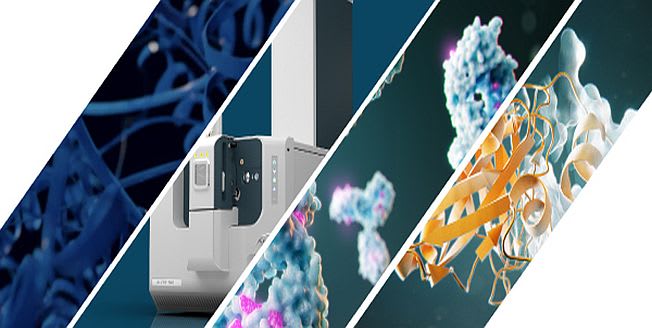
This technical note highlights the power of electron activation dissociation (EAD) for comprehensive characterization of complex deamidation profiles often encountered during stability studies of biotherapeutic proteins. The co-existence of multiple aspartic (Asp) and isoaspartic acid (isoAsp) isomers poses an analytical challenge to chromatographic and collision-based MS/MS approaches. This challenge can be addressed by using EAD.
Deamidation changes the charge profile and stability of protein therapeutics, which can affect lot release.1 Therefore, it is critical to fully characterize deamidation in different phases of drug development, such as, stability testing. However, detailed characterization of deamidation remains a daunting task for traditional collision-based MS/MS approaches due to the challenge in differentiation of Asp vs. isoAsp isomers, particularly in forced degradation samples with high heterogeneity and complexity. By comparison, EAD was successfully employed to differentiate deamidation isomers in different modalities due to its unique ability to generate signature fragments for Asp/isoAsp.2–4
In this technical note, EAD was utilized to elucidate a complex deamidation profile of a thermally stressed synthetic peptide, commonly found in the conserved region of antibody sequences. Multiple deamidation isomers co-exist in this peptide, which cannot be fully separated chromatographically.





